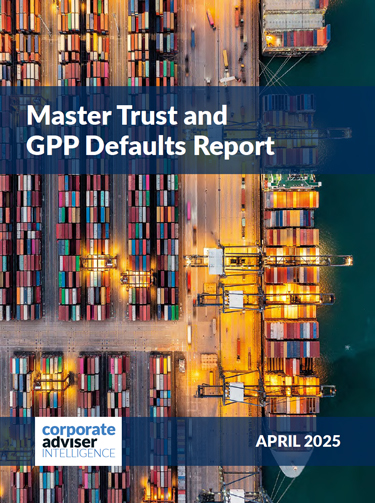As employers and trustees gear up for radical reform of the UK pension, finding the right investment default offering for employees will be more crucial than ever. Indeed, under auto-enrolment rules, employers are required to assess whether their scheme’s default solution complies with the guidance issued by the Department for Work and Pensions.
In practice, default options will become the investmentvehicle for the vast majority of newly enrolled employees, with the large intake of auto-enrolled employees likely to bring about a change in membership profiles. With these two considerations in mind, many schemes are likely to have to overhaul their investment default strategy.
In this new pensions world, gaining a better understanding of members’ needs and attitudes is an essential pre-condition for providing them with the most suitable default solution. This means looking at projected likely retirement outcomes and assessing the membership’s likely attitude and ability to take investment risk.
As a rule, members do not like to take risk, thus, exposing members to higher levels of risk than they are comfortable with may lead to them opting out of the scheme. Therefore, any default solution will need to balance this bias towards risk avoidance with the need for employees to take risk in order to meet their retirement objectives.
So what are the options available to schemes for ensuring their default offering is aligned to the complex and evolving needs of their membership?
Over the years the industry has devoted significant efforts to ensuring default solutions are more in line with members’ needs, most notably through the development of lifestyle strategies.
Innovation has also occurred in terms of the actual investment content, where an increasing number of schemes are opting for multi-asset funds, in particular diversified growth type strategies. There are several reasons for this increased uptake.
A diversified growth strategy offers members greater diversification across a wide range of asset classes. Most of these strategies put greater emphasis on risk management and smoother returns, which make them more suited for disengaged investors with a low risk profile. And being one-stop solutions they are also attractive from a governance perspective.
On the downside, they do present a number of implementation challenges. However, by working with providers who have the necessary operational infrastructure to meet those DC requirements, schemes and their advisers can overcome those hurdles.
Traditionally, schemes have enrolled most members who are unwilling to take investment decisions into a single default fund. Increasingly, this one-size-fits-all approach does not reflect the broad range of differing requirements within the membership. In practice, there are several avenues available to schemes looking to implement a flexible default framework solution – by segmenting employees by earnings, fund value and/or contribution.
Members in different earning bands could be allocated to different funds with different risk and return attributes to reflect their differing risk tolerance profiles. This has the added benefitof a low operational burden as it is easier to administer than some of the other options.
Members could also be assigned to funds on the basis of savings accrued. This approach allows savings to reach minimum objectives before being moved to a higher risk fund. In doing so, it recognises and responds to the fact that risk tolerances change as savings milestones are reached. However, this approach is more complex to administer than some of the other options as individual fund levels need to be monitored.
Contributions could be split across a number of funds with differing risk profiles using fixed amount criteria for each tranche. This approach of splitting contributions does, however, impose a greater operational burden and complexity, making it slightly harder to explain to members.
In summary, reviewing the suitability of the DC investment default strategy needs to be central component of any scheme’s auto-enrolment preparations. For many employers and trustees it is also an opportune moment to take advantage of the latest innovations and align their default offering more closely with the outcomes members need.
In practice, this will require finding a strong investment and delivery partner who has a real understanding of members’ needs as well as the necessary breadth of tools and capabilities to deliver the outcomes the majority of members require.




